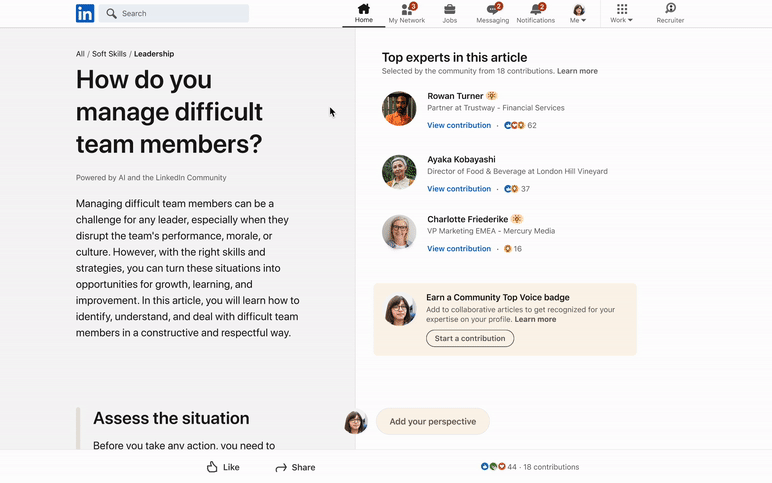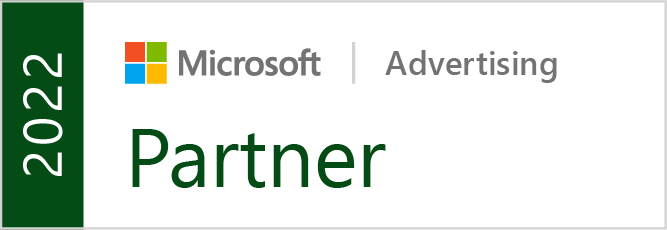Despite facing a ban in the United States in the coming months, TikTok continues to expand its features and content options, including longer and longer videos.
After already extending video lengths to up to 30 minutes earlier this year, TikTok is now testing allowing users to upload and share hour-long videos without forcing creators to split long-form content into multiple parts.
More Than Short Clips
TikTok made its name by starting out with bite-size videos that were just 15 seconds long. As time has passed, the platform has consistently increased these limits to allow for more types of content.
With the content on the platform gradually becoming more varied, the number of creators having to work around the length limitations has grown. This move gives creators more flexibility to provide long-form content such as cooking demos, beauty tutorials, and educational lessons without breaking up the flow of their content.
What This Means For Brands
Along with allowing for more flexibility when uploading branded content, this move will potentially allow for more advertising options such as pre-roll and mid-roll ads.
At the moment, however, TikTok remains quiet on what type of ad formats it may allow with these long-form videos.
Still Just a Test
Hour-long videos are currently just being tested and are only accessible to a limited number of users. Currently, the company has “no plans” for a wider rollout. Given the reception of previous tests to increase video lengths, however, this is one test we expect to see become available to the general public before too long.




